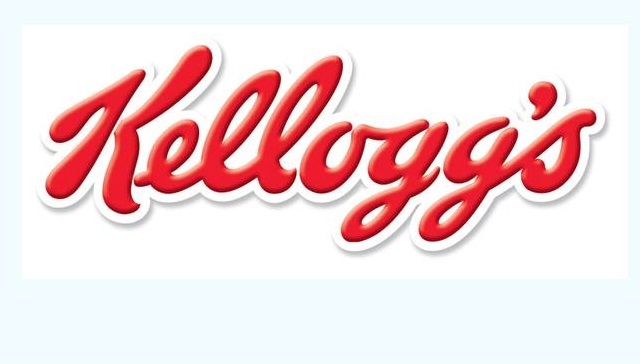
A HEALTH campaign has criticised Kellogg’s promotion of its products as cereal manufacturers meet with authorities to discuss sugar reformulation targets.
The Children’s Food Campaign (CFC) said Public Health England’s work with the food and drink industry to cut 20% of the sugar from common products children eat by 2020 was at risk without action on marketing and promotions.
CFC spotlighted Kellogg’s marketing over recent months, noting that it complained to the Advertising Standards Authority (ASA) that the brand’s #GreatStarts Olympics campaign made “unsubstantiated general health claims” and “misleadingly” used the terms “nutritious”, “great start” and “fuel for success”.
The ASA later confirmed that the terms were likely to have needed to be accompanied by a specific health claim, but found they had been amended and were now compliant, meaning that no further action was required.
In July a complaint against ads for Kellogg’s Special K cereal was upheld by the ASA for failing to include approved health claims to support a general claim about the cereal’s “nutritious” benefits.
CFC co-ordinator Malcolm Clark said: “This isn’t a great start to Kellogg’s sugar reduction commitments.
“The drastic improvement needed in children’s diets won’t happen unless companies such as Kellogg’s significantly cut the sugar in all their products which appeal to or are consumed by children, and also change the way they market and promote those products in the first place.”
He added: “In the meantime, if parents cannot trust the advertising regulator to pro-actively keep an eye on the most high profile marketing campaigns, or to penalise companies who repeatedly break its rules, then who can they turn to?
“The Government has made the wrong decision by leaving it wholly to industry to set and police its own marketing rules. It’s not too late for the Prime Minister and the Secretary of State for Culture, Media and Sport to change their minds and add measures on junk food marketing restrictions back into the Childhood Obesity Plan.”
A Kellogg’s spokeswoman described the CFC’s claims as “inaccurate” and “an obvious attempt to unfairly criticise our advertising practices”.
She said: “We did not receive an ASA complaint about our Olympics campaign. It is completely inaccurate to suggest this was found to break advertising rules.
“Kellogg’s is committed to being a responsible advertiser and we clearly label the sugar content on the front of all of our cereals. We will have removed over 2,000 tonnes of sugar in our food by 2017.”
The ASA said: “The ASA has a long-standing track record of tackling food ads which contain misleading claims, including where necessary having them withdrawn. We’re committed to ensuring food advertising is responsible.
“We’ll soon be announcing the outcome of our consultation on significantly tighter rules around food advertising in non-broadcast media, including online – which contains proposals developed specifically to protect children.
“We’ll continue to listen to parents, health groups, government or anyone else who has concerns about food advertising and will take proportionate, effective action in tackling any problems that arise.”
READ MORE
Call to make ‘traffic light’ nutrition labels on food mandatory

Enjoy the convenience of having The Sunday Post delivered as a digital ePaper straight to your smartphone, tablet or computer.
Subscribe for only £5.49 a month and enjoy all the benefits of the printed paper as a digital replica.
Subscribe